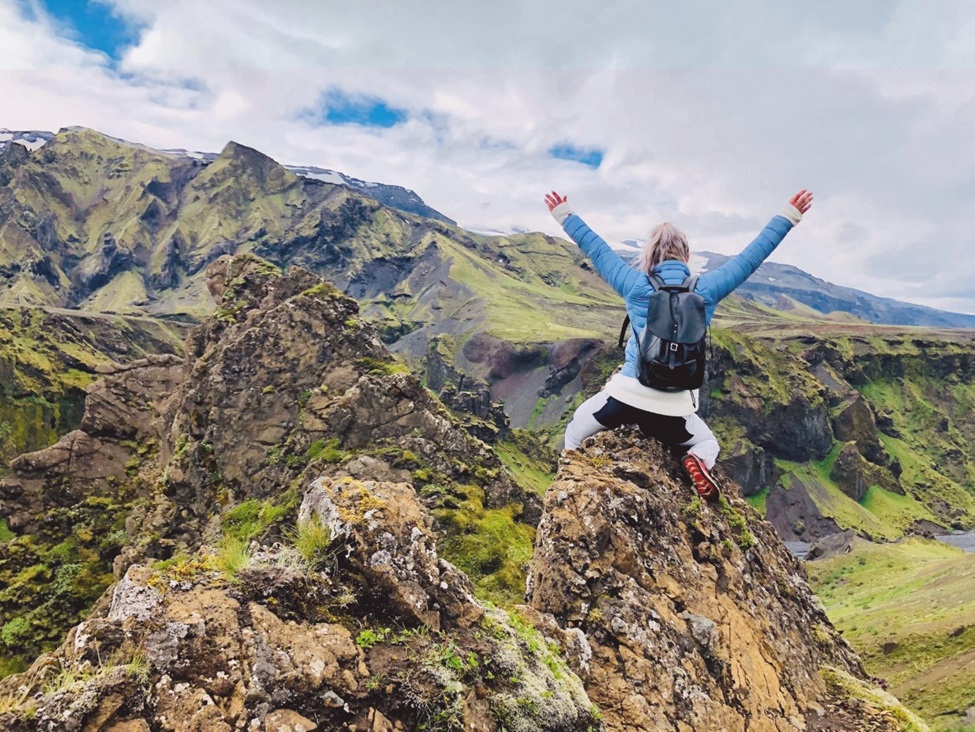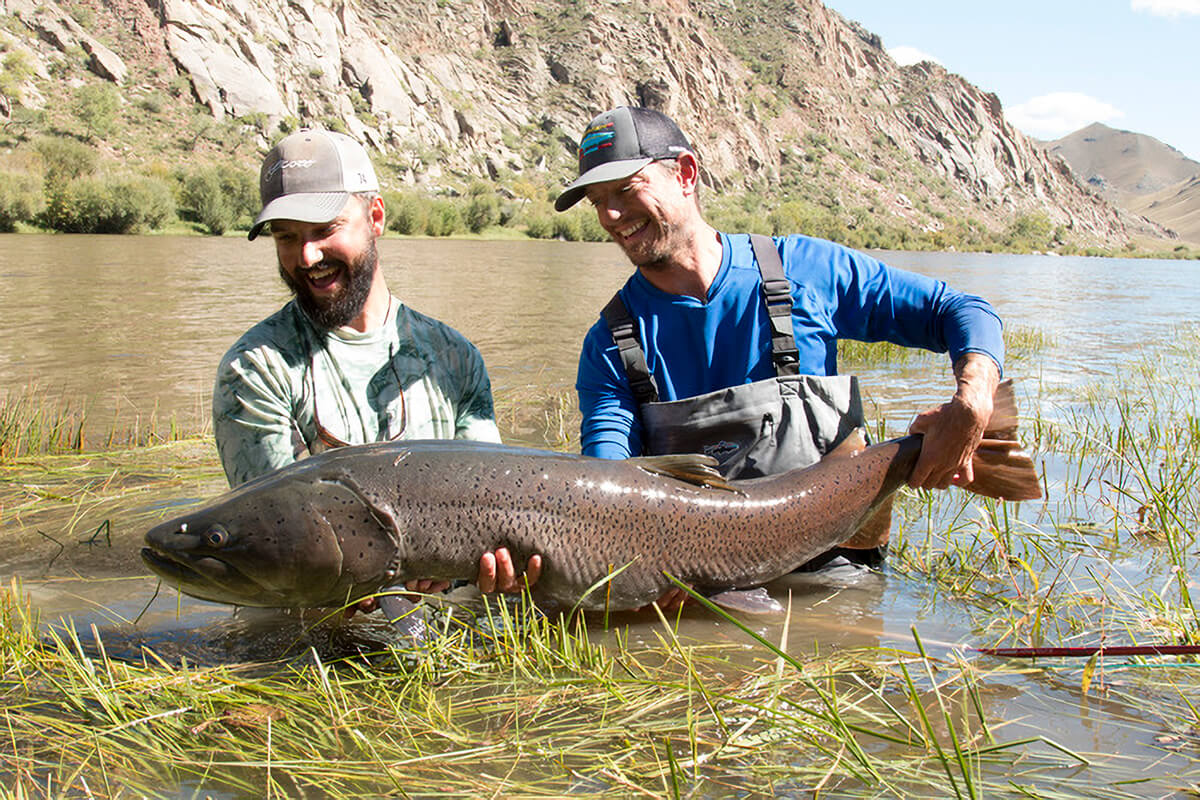Climbing Everest is an expensive endeavor. To join a climbing team in Nepal in 2022, you’ll need to spend between USD 36,000 and USD 100,000. There are various reasons why the cost of the Everest expedition is affected. This is a short and quick rundown of those factors.
Permits
Everyone must first pay a permit fee to the Nepali government. The cost per person is USD 11,000.
Oxygen bottles and equipment
The cost of the equipment and oxygen bottles must also be covered. You and the guides on your team will each need a bottle. You should aim for the best oxygen mask, regulator, and oxygen available. Don’t cut corners here; running out of oxygen at the top of the mountain is one of the best ways to perish. Therefore, the total cost of the O2 equipment will be about USD 11,000 more.
Personal equipment for comfort
Down Suit – USD 1,500
Boots & crampons: USD 1,000.
Two Sleeping bags: USD 1,500
Other clothes, gloves, hats, socks, pack, and climbing gear: USD 2,000
Expedition Equipment
Let’s now discuss the tools that your team provides for you. You and the entire guide staff need tents at the Everest base camp. You need tents for dining and cooking at base camp and C2 and other tents for additional camps.
Now, gas stoves, pots, and pans for every camp. Expeditions require a wide variety of additional supplies. Some examples are radios, tables, chairs, first aid supplies, and medications. Additional costs are necessary. You must also pay the Liaison Officer’s fee as well as his travel expenses. It will typically cost you over USD 3000.
Food
For roughly six weeks on the mountain, the team and you both need to eat. Yaks and porters are required to carry the food inside. After that, some of it is transported up to supply higher camps. It costs thousands of dollars to complete this enormous logistical task. But your local team will do it with mystifying ease.
Guides
You’ll need guide climbers to help fix the line even if you don’t have a climbing guide specifically assigned to you while you climb. They’ll construct the camps, furnish the camps, and then demolish everything at the end.
The fees for the guides are divided into two halves. The base fee is for work at camp, and the load fee is for carrying the loads. Depending on how far the team members advance, they also receive bonuses. As a general rule, to achieve all of this, you probably need a guide-to-climber ratio of at least 1:1. Unless your team is exceptionally small or exceptionally large, you might have another choice.
You’ll need to contribute to the guide expenses, which come to about USD 5,000 per person.
Miscellaneous expense
Other expenses are smaller but add up. They are as follows
- Your transportation cost or flight from Kathmandu to Lukla
- Costs of hotels in Kathmandu and lodges on the Everest Base Camp trek.
- Transportation of all the staff
- You have yaks to carry your load, which will have certain expenses.
- Insurance for the guide staff
- The expense of tips to your guides and kitchen staff.
All these costs add up to making Everest very expensive.



